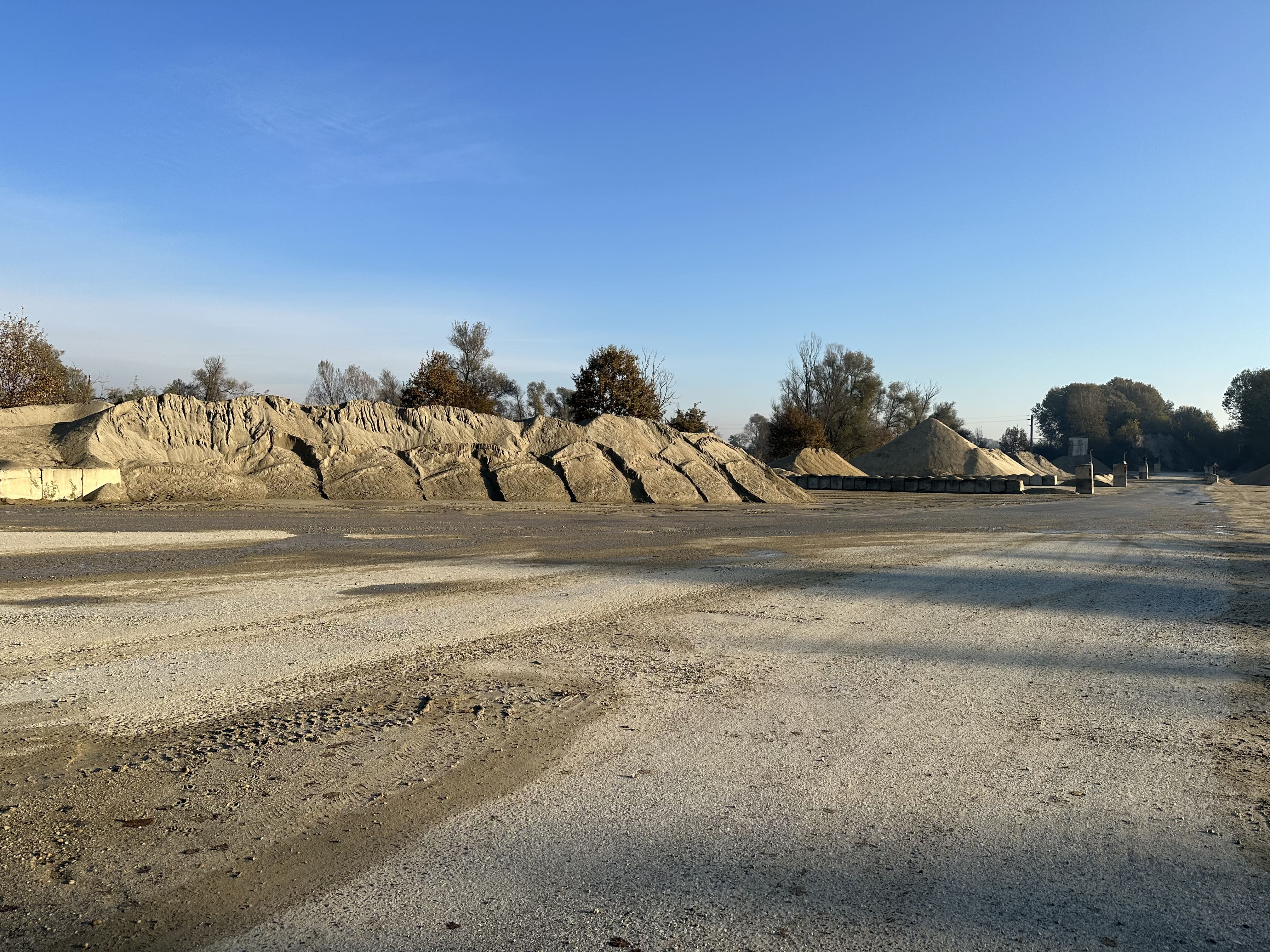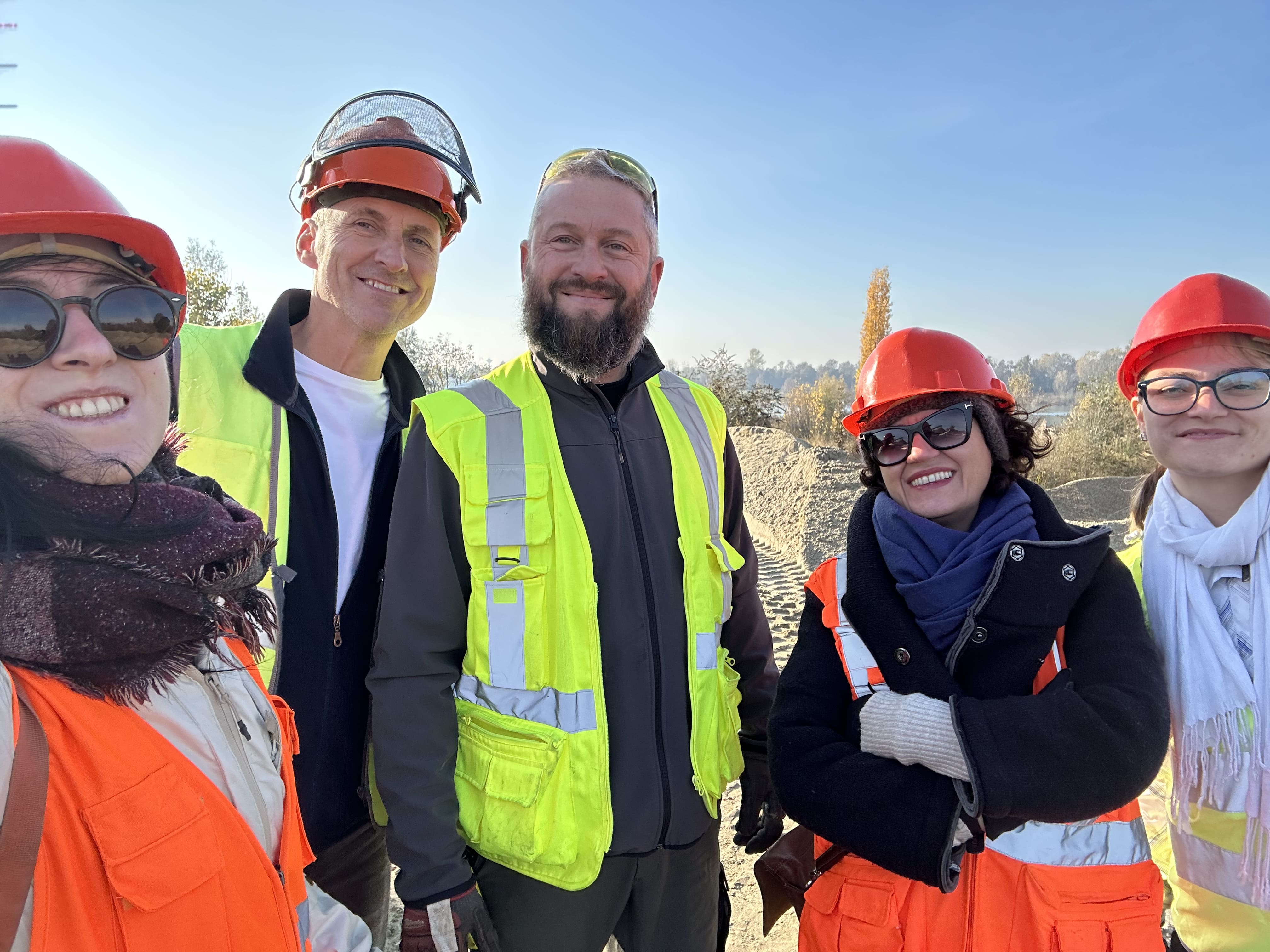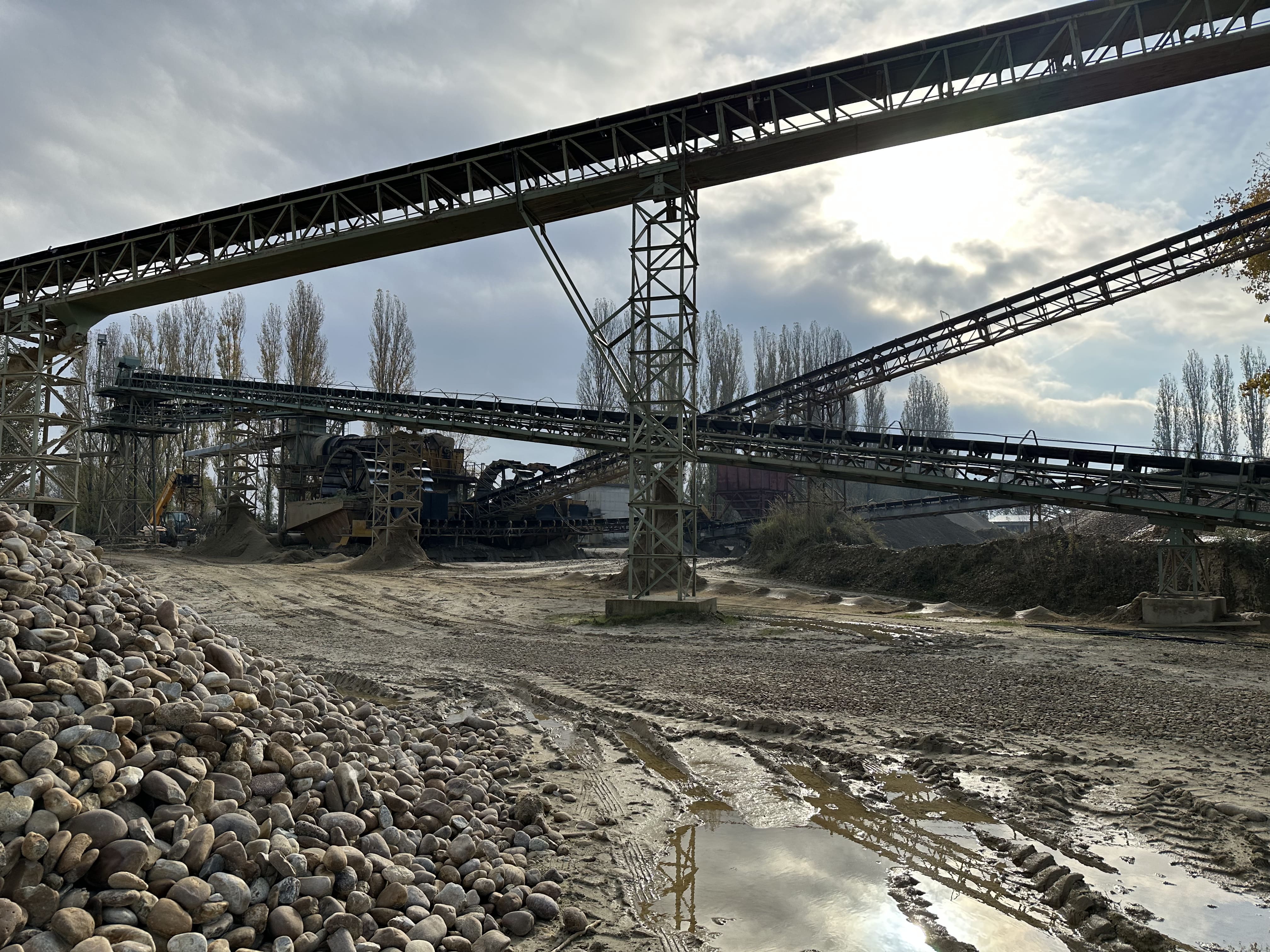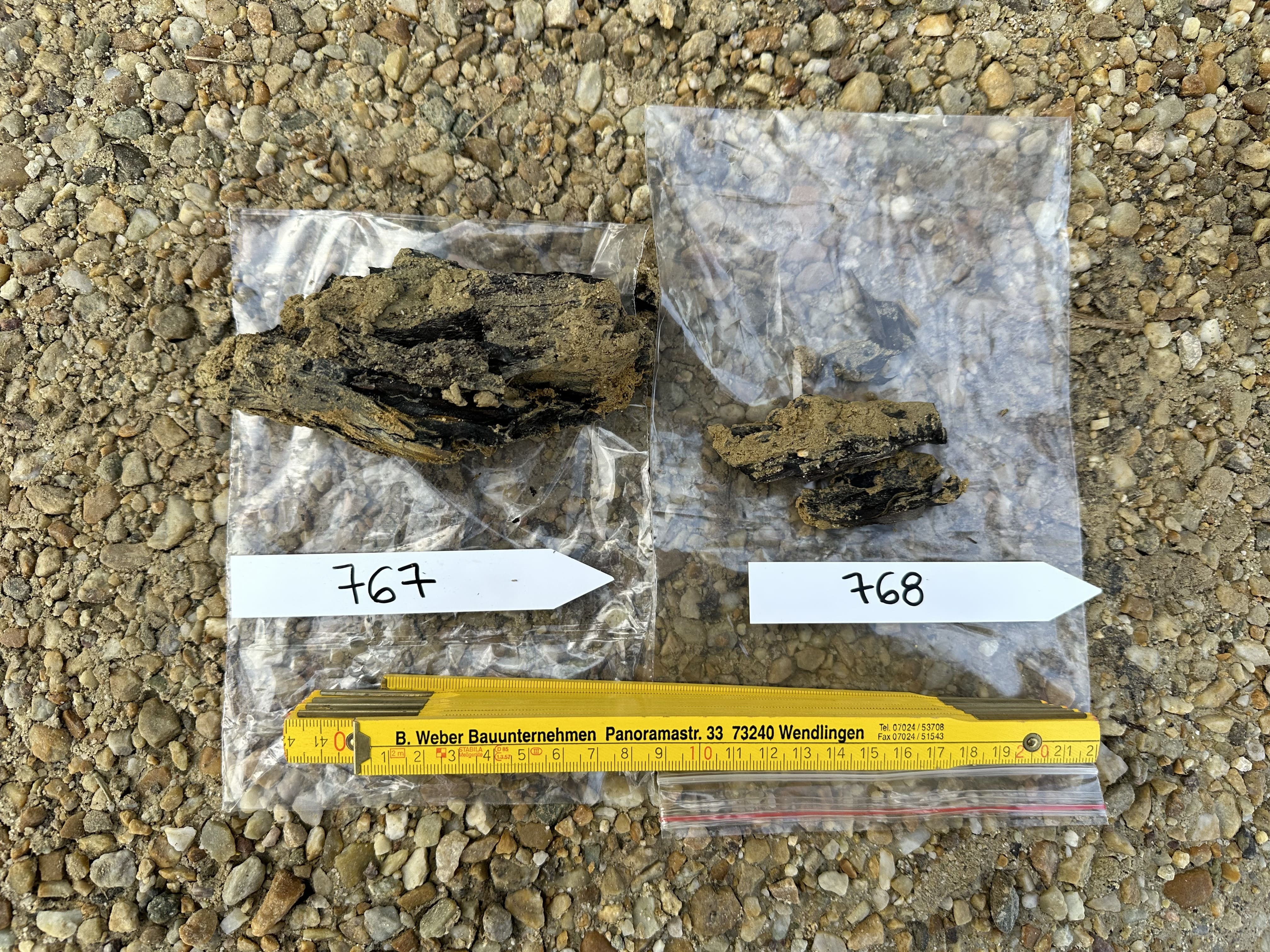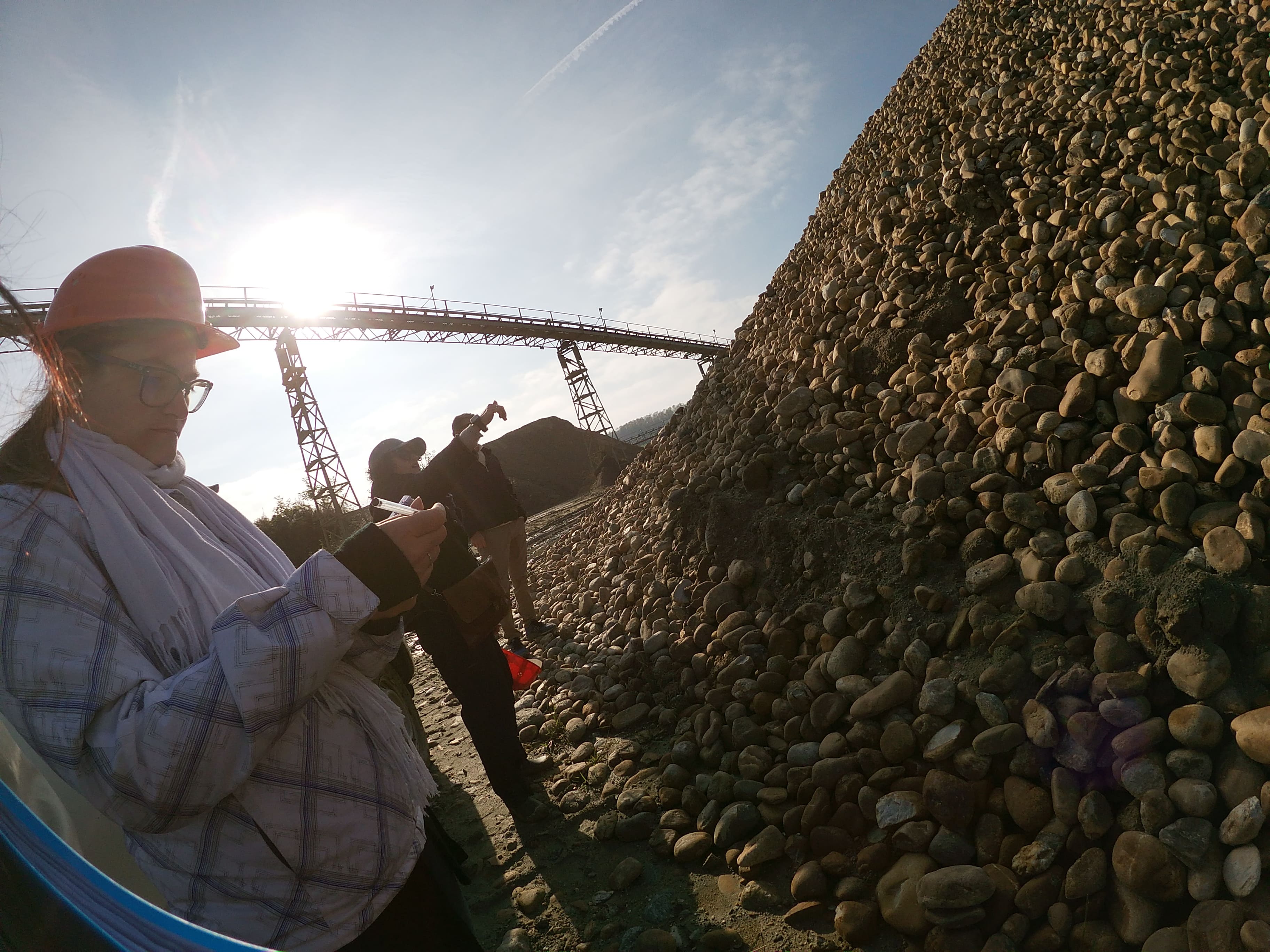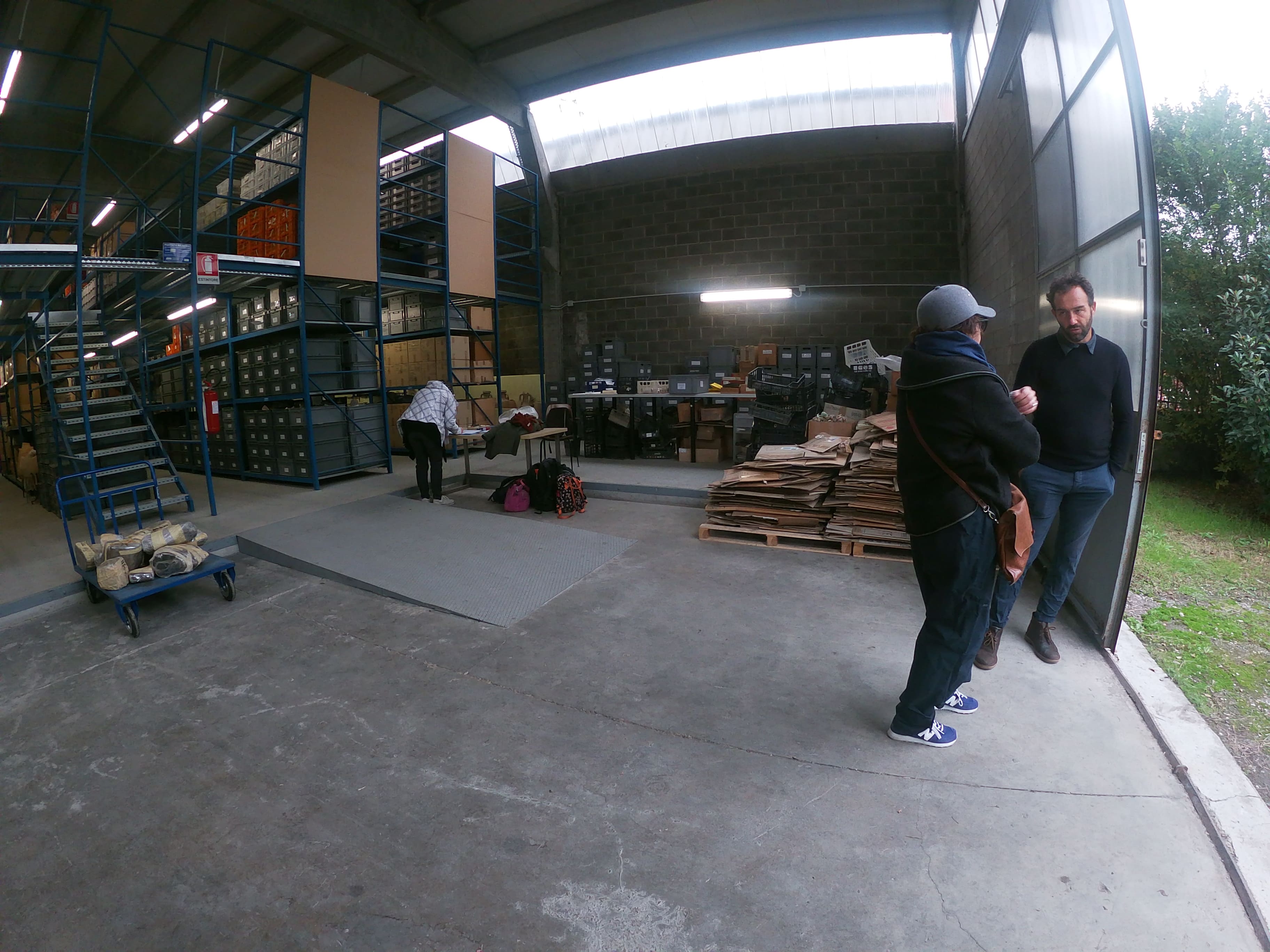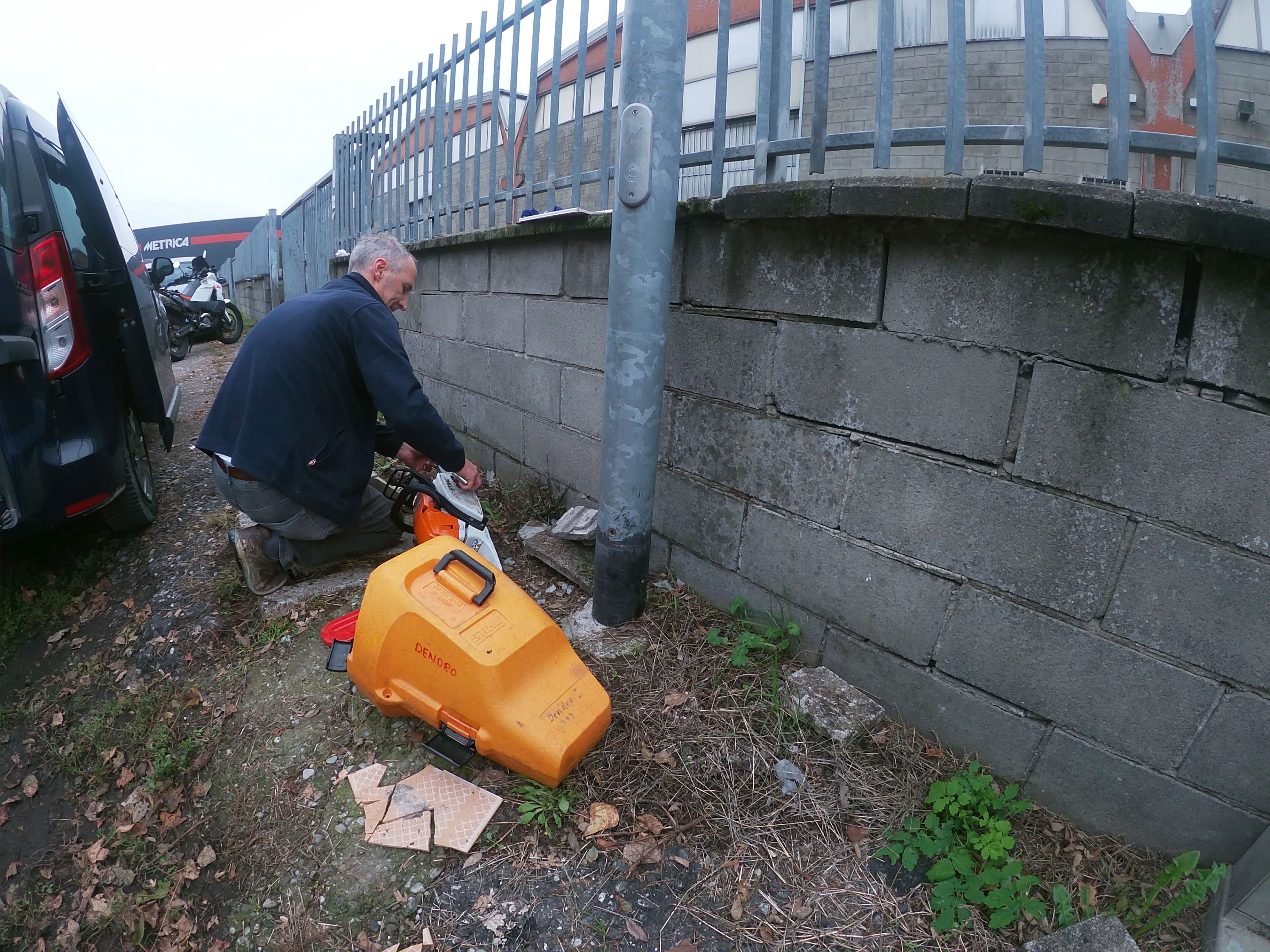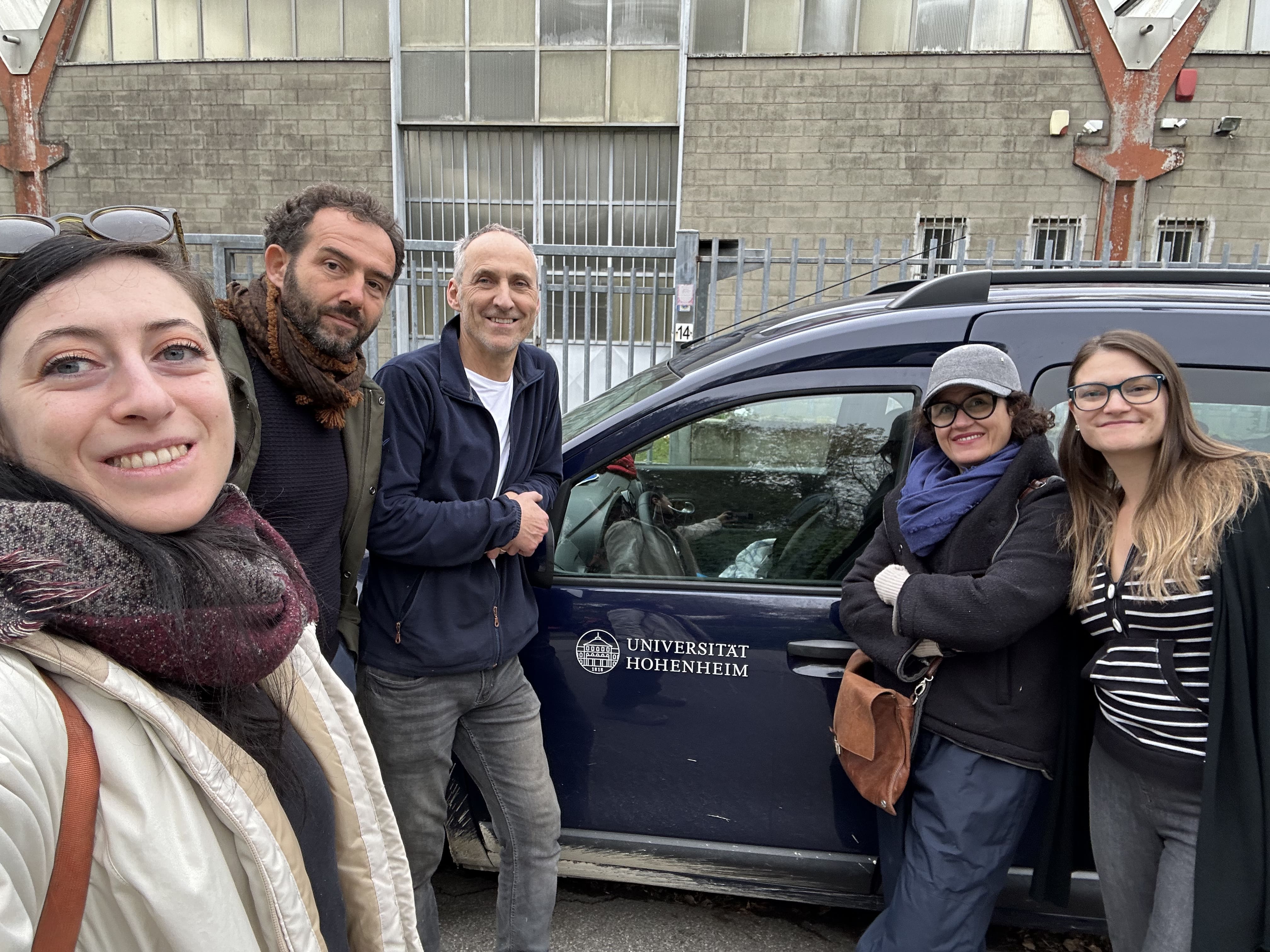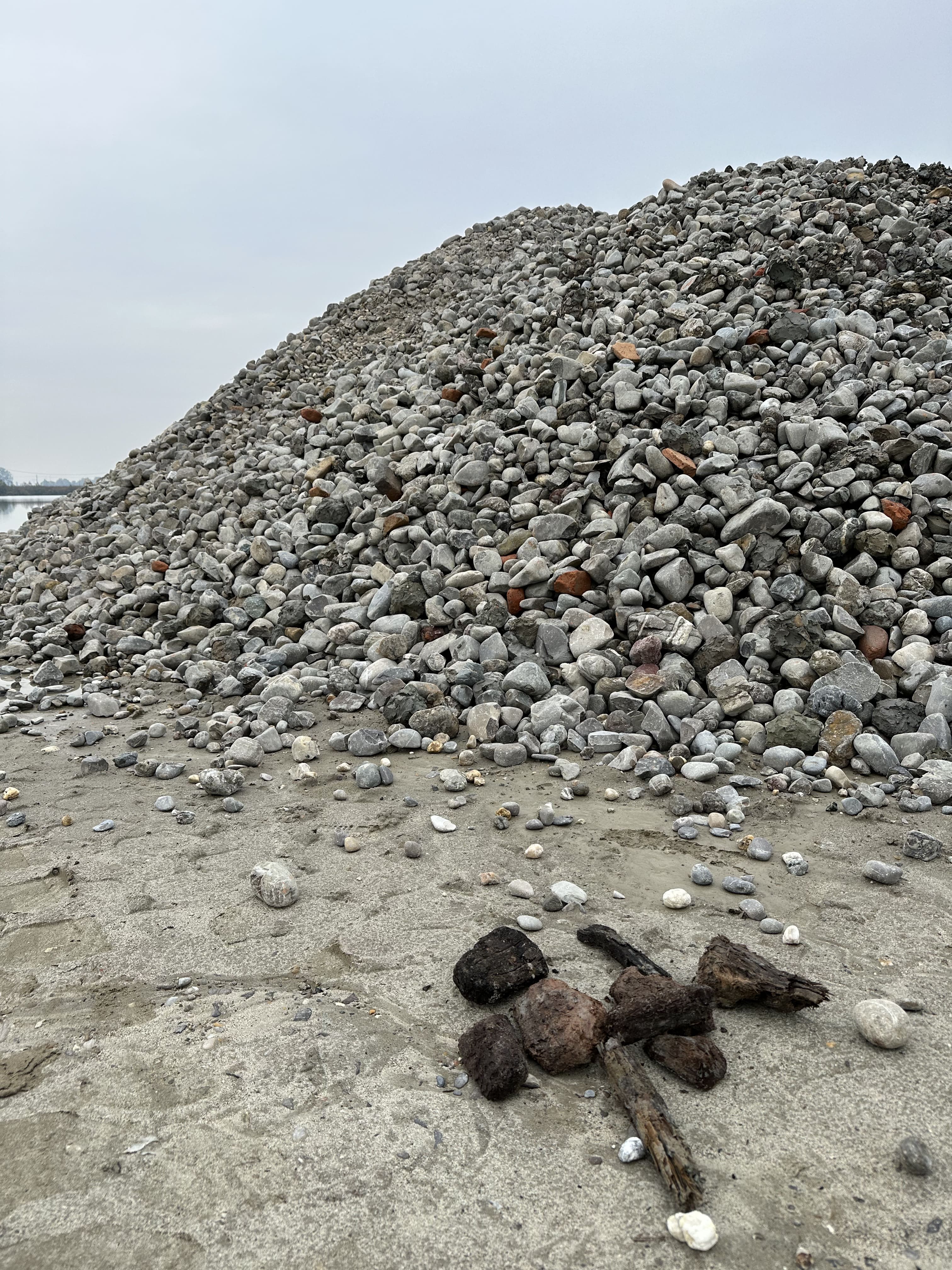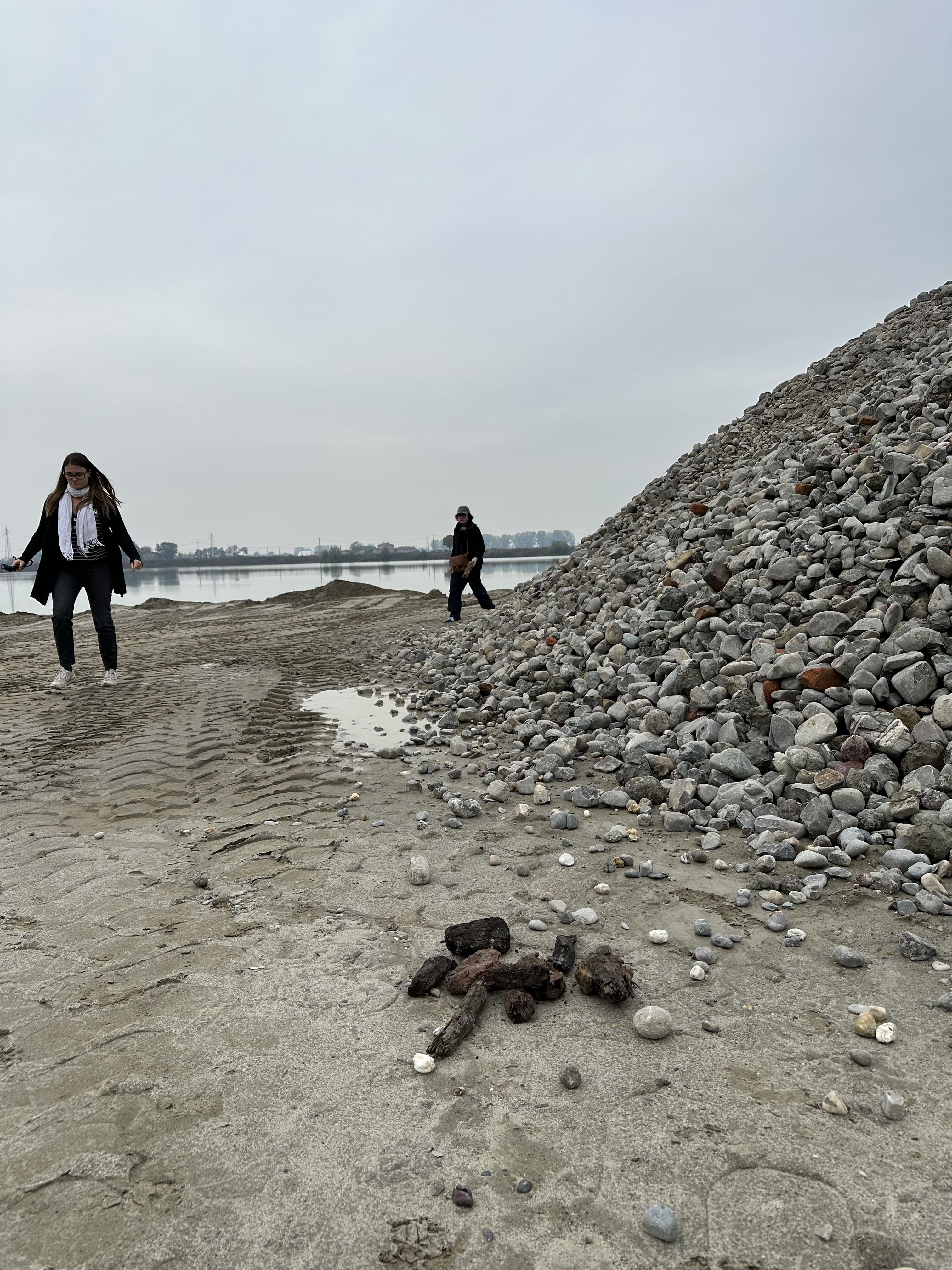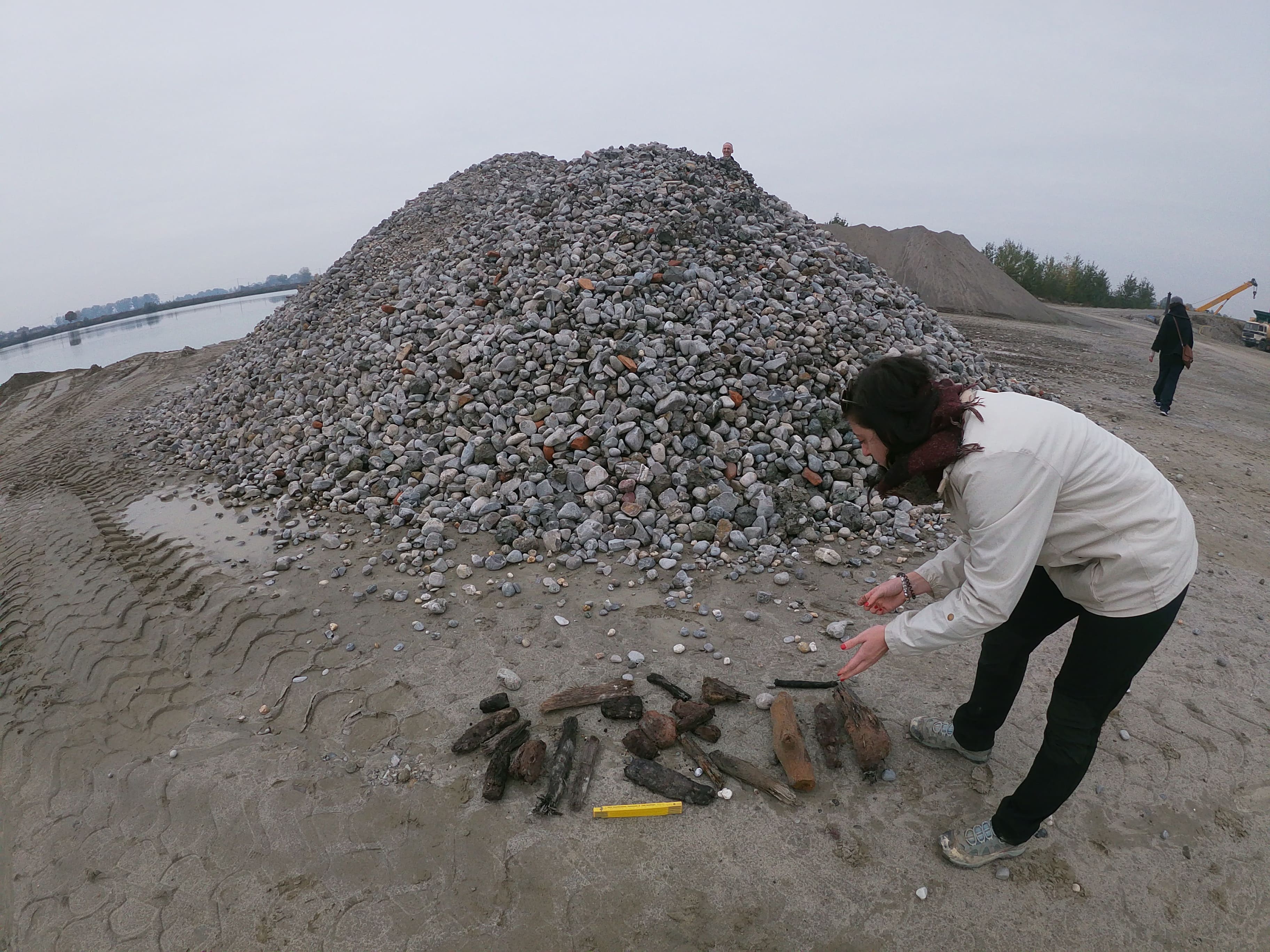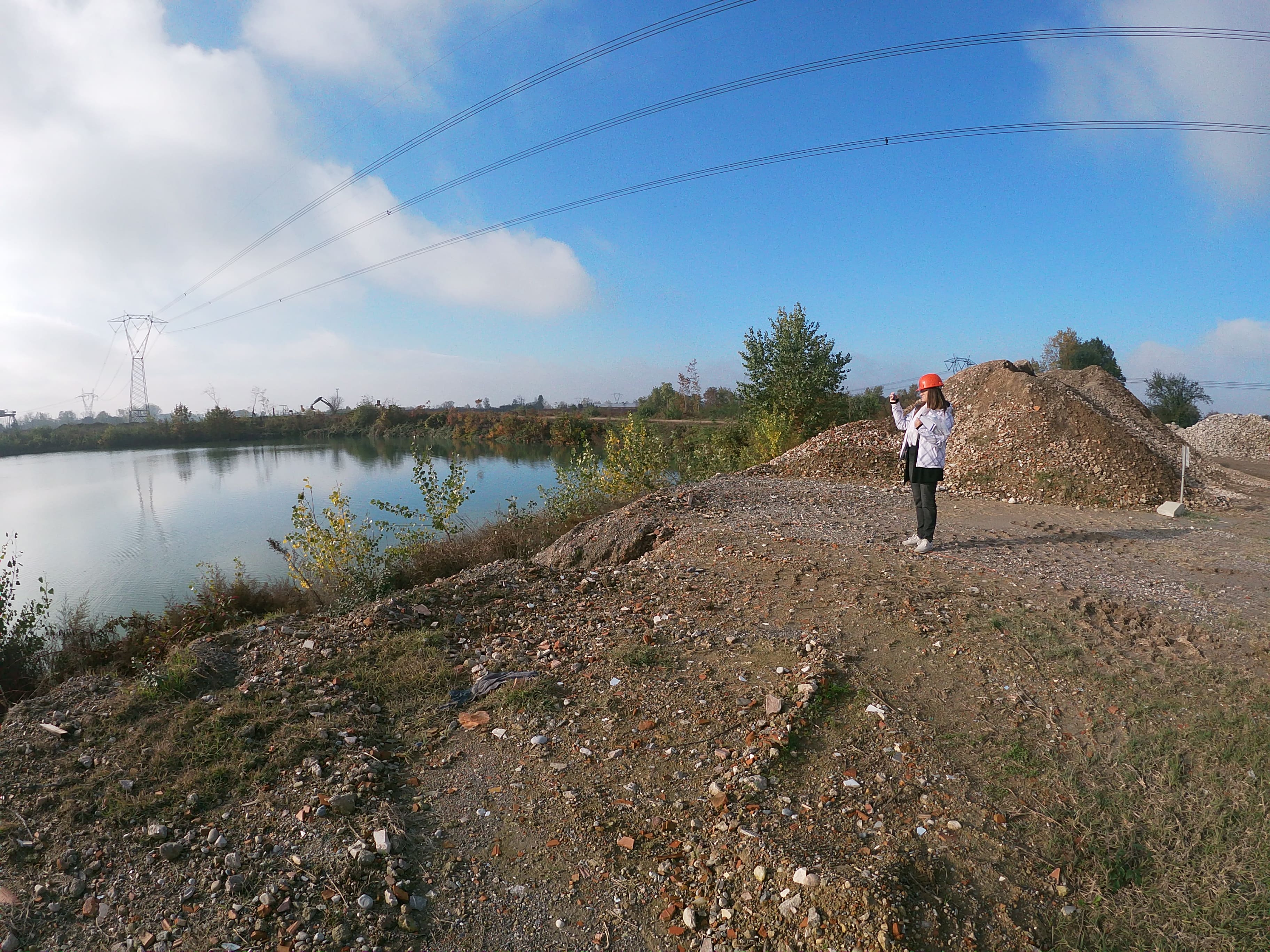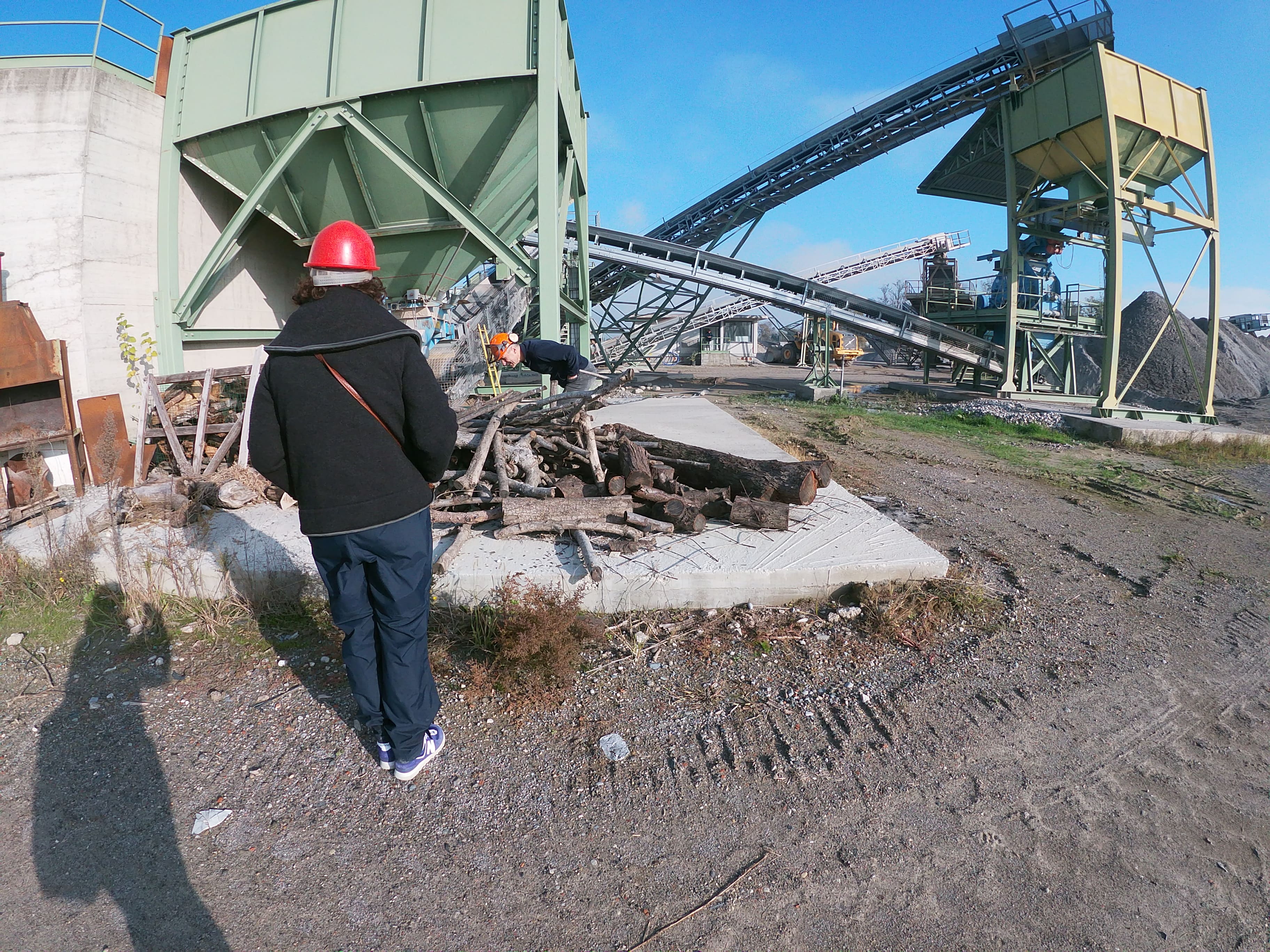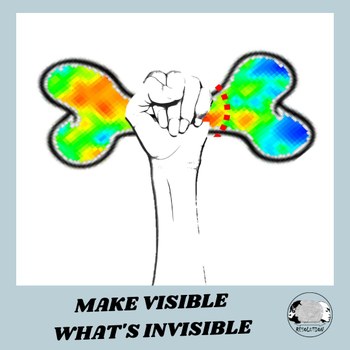
We are out with another huge improvement within the radiocarbon dating method. It will definitely increase the chance to extract the right amount of collagen from ancient bones, strategically sampling them and knowing exactly where to collect the sample thanks to the spectroscopic images. If that is not enough, this procedure reassures all the archaeologists as the ancient and precious archaeological remains will be highly preserved and less damaged.
Click here to read the paper and go behind it as well!
You could also read the abstract below ⤵️
Abstract
Many of the rarest prehistoric bones found by archaeologists are enormously precious and are considered to be part of our cultural and historical patrimony. Radiocarbon dating is a well-established technique that estimates the ages of bones by analysing the collagen still present. However, this method is destructive, and its use must be limited. In this study, we used imaging technology to quantify the presence of collagen in bone samples in a non-destructive way to select the most suitable samples (or sample regions) to be submitted to radiocarbon dating analysis. Near-infrared spectroscopy (NIR) that was connected to a camera with hyperspectral imaging (HSI) was used along with a chemometric model to create chemical images of the distribution of collagen in ancient bones. This model quantifies the collagen at every pixel and thus provides a chemical mapping of collagen content. Our results will offer significant advances for the study of human evolution as we will be able to minimise the destruction of valuable bone material, which is under the protection and enhancement of European cultural heritage and thus allow us to contextualise the valuable object by providing an accurate calendar age.
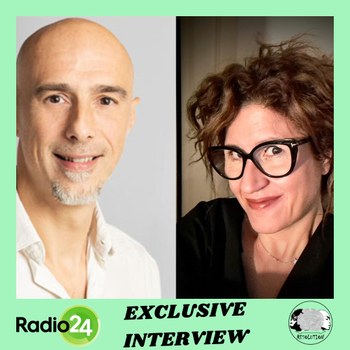
Maurizio Melis interviews Sahra Talamo: don't miss the 17/04/2023 Smart city episode - Caccia al collagene: sviluppata una nuova metodologia per datare resti ossei preistorici.
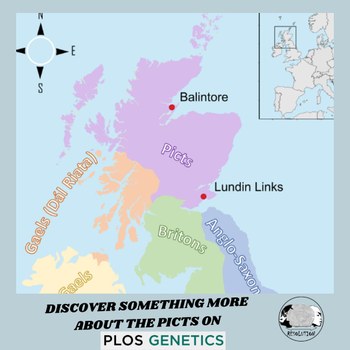
Abstract
There are longstanding questions about the origins and ancestry of the Picts of early medieval Scotland (ca. 300–900 CE), prompted in part by exotic medieval origin myths, their enigmatic symbols and inscriptions, and the meagre textual evidence. The Picts, first mentioned in the late 3rd century CE resisted the Romans and went on to form a powerful kingdom that ruled over a large territory in northern Britain. In the 9th and 10th centuries Gaelic language, culture and identity became dominant, transforming the Pictish realm into Alba, the precursor to the medieval kingdom of Scotland. To date, no comprehensive analysis of Pictish genomes has been published, and questions about their biological relationships to other cultural groups living in Britain remain unanswered. Here we present two high-quality Pictish genomes (2.4 and 16.5X coverage) from central and northern Scotland dated from the 5th-7th century which we impute and co-analyse with >8,300 previously published ancient and modern genomes. Using allele frequency and haplotype-based approaches, we can firmly place the genomes within the Iron Age gene pool in Britain and demonstrate regional biological affinity. We also demonstrate the presence of population structure within Pictish groups, with Orcadian Picts being genetically distinct from their mainland contemporaries. When investigating Identity-By-Descent (IBD) with present-day genomes, we observe broad affinities between the mainland Pictish genomes and the present-day people living in western Scotland, Wales, Northern Ireland and Northumbria, but less with the rest of England, the Orkney islands and eastern Scotland—where the political centres of Pictland were located. The pre-Viking Age Orcadian Picts evidence a high degree of IBD sharing across modern Scotland, Wales, Northern Ireland, and the Orkney islands, demonstrating substantial genetic continuity in Orkney for the last ~2,000 years. Analysis of mitochondrial DNA diversity at the Pictish cemetery of Lundin Links (n = 7) reveals absence of direct common female ancestors, with implications for broader social organisation. Overall, our study provides novel insights into the genetic affinities and population structure of the Picts and direct relationships between ancient and present-day groups of the UK.
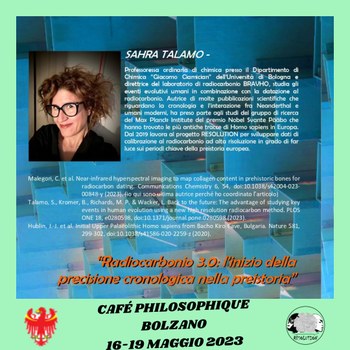
Sahra Talamo's talk- "Radiocarbon 3.0: l'inizio della precisione cronologica nella Preistoria"- is also available on YouTube!
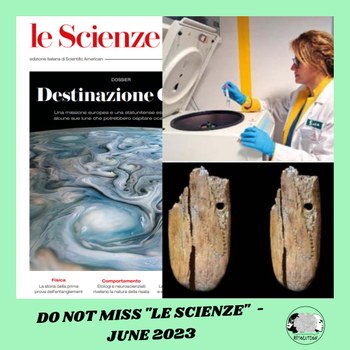
Read the whole article on the advances of Radiocarbon 3.0 by clicking here.
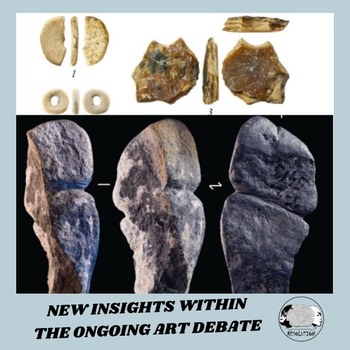
Click the Journal to find out more about it or read the abstract below ⤵️
Abstract
Figurative depictions in art first occur ca. 50,000 years ago in Europe, Africa, and Southeast Asia. Considered by most as an advanced form of symbolic behavior, they are restricted to our species. Here, we report a piece of ornament interpreted as a phallus-like representation. It was found in a 42,000 ca.-year-old Upper Paleolithic archaeological layer at the open-air archaeological site of Tolbor-21, in Mongolia. Mineralogical, microscopic, and rugosimetric analyses points toward the allochthonous origin of the pendant and a complex functional history. Three-dimensional phallic pendants are unknown in the Paleolithic record, and this discovery predates the earliest known sexed anthropomorphic representation. It attests that hunter-gatherer communities used sex anatomical attributes as symbols at a very early stage of their dispersal in the region. The pendant was produced during a period that overlaps with age estimates for early introgression events between Homo sapiens and Denisovans, and in a region where such encounters are plausible.
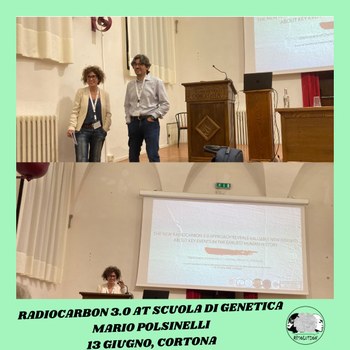
A huge honor to have delivered this talk at the Scuola di Genetica in Cortona and to have had such a stimulating debate! Click the link to read the whole Programme of the course.
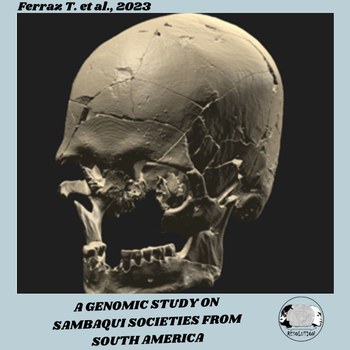
Check out what a new genomic database of 10,000 year-old individuals as well as radiocarbon dating unvealed about the history of these communities. Click the title of the paper, "Genomic history of coastal societies from eastern South America", or scroll the abstract below ⤵️
Abstract
Sambaqui (shellmound) societies are among the most intriguing archaeological phenomena in pre-colonial South America, extending from approximately 8,000 to 1,000 years before present (yr BP) across 3,000 km on the Atlantic coast. However, little is known about their connection to early Holocene hunter-gatherers, how this may have contributed to different historical pathways and the processes through which late Holocene ceramists came to rule the coast shortly before European contact. To contribute to our understanding of the population history of indigenous societies on the eastern coast of South America, we produced genome-wide data from 34 ancient individuals as early as 10,000 yr BP from four different regions in Brazil. Early Holocene hunter-gatherers were found to lack shared genetic drift among themselves and with later populations from eastern South America, suggesting that they derived from a common radiation and did not contribute substantially to later coastal groups. Our analyses show genetic heterogeneity among contemporaneous Sambaqui groups from the southeastern and southern Brazilian coast, contrary to the similarity expressed in the archaeological record. The complex history of intercultural contact between inland horticulturists and coastal populations becomes genetically evident during the final horizon of Sambaqui societies, from around 2,200 yr BP, corroborating evidence of cultural change.
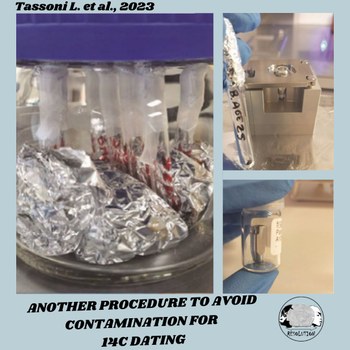
Take your time to have a look at "SAFE PREPARATION AND DELIVERY OF GRAPHITE TARGETS FOR 14C ANALYSIS: PROCEDURES OF BRAVHO LAB AT BOLOGNA UNIVERSITY" on Radiocarbon or read the abstract below ⤵️
Abstract
Nowadays, most radiocarbon (14C) laboratories can reliably avoid and remove any possible sample contamination during the pretreatment of organic samples (e.g., bones, charcoal, or trees) thanks to a series of methods commonly used by the radiocarbon community. However, what about the final step, the storage of graphite? Rarely do the laboratories produce their graphite and ship it as pressed targets to accelerator mass spectrometry (AMS) facilities for measurement. Pressed graphite in aluminum targets are vulnerable to contamination, and during shipment or storage, exogenous carbon can be introduced again. Here we report a test on various archaeological sample materials from different environments and different periods (from the past three millennia to the Middle Paleolithic period). We transformed them into graphite, pressed the graphite into targets and sent them to two different AMS laboratories to be dated. We observe that packing details of the targets, extended shipment and storage time may lead to contamination which can be avoided by appropriate packaging in tight metal cans and sealed in vacuum bags. Close cooperation and coordination between our chemistry laboratory and the AMS facilities, high standards in contamination removal, and efficient measurement planning enabled us to obtain reliable 14C ages within a short time.
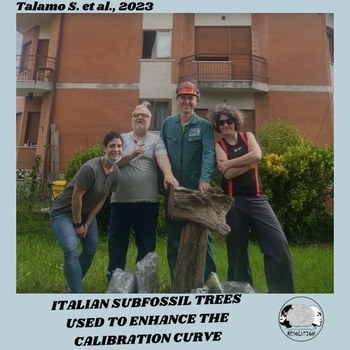
Find out how crucial these Italian subfossil tree samples were to enhance the calibration curve between 18,475 and 17,350 calendar years BP. Click here to read the entire article or have a look at the abstract below ⤵️
Abstract
Radiocarbon dating provides a key chronological framework for studying past environmental changes. Raw radiocarbon ages measured in samples must be converted to calendar ages using an appropriate calibration curve. Tree-ring datasets provide the gold-standard for developing a precise curve of atmospheric radiocarbon levels over long-time scales. Here, we reconstruct atmospheric radiocarbon levels using a millennium-long section of tree-ring chronology segments that extend into the last glacial period. The samples were obtained from subfossil larch trees recovered from clay quarries at Revine, Italy. Our reconstruction shows higher variations in the amplitude of atmospheric radiocarbon between 18,475 and 17,350 calendar years before the present than that detected in the IntCal20 calibration curve. Comparing the new tree-ring based reconstruction with Beryllium-10 fluxes derived from ice cores, we hypothesise that these variations are driven by solar variability. Our results demonstrate the unique value of sub-decadal radiocarbon sequences derived from glacial tree-ring chronologies.
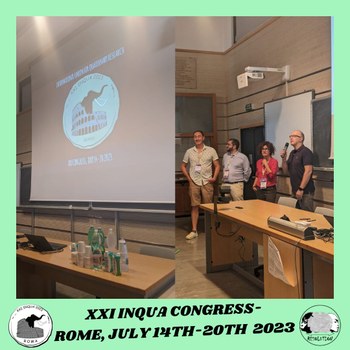
Check out the INQUA website to read the full program of the conference and have a look on its Ig page for other details. But do not miss everything about all the talks delievered during our Session 87 "Prehistoric hunter-gatherers’ adaptation during the Last Glacial in Europe" by clicking here and visit our Twitter as well!
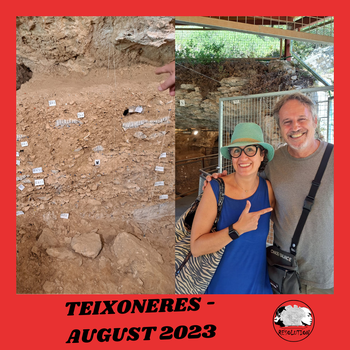
The RESOLUTION PI Sahra Talamo is back with new samples from the crucial cave site of Teixoneres (Barcelona, Spain), that will soon be pretreated for radiocarbon dating at the BRAVHO Lab.
Thanks to IPHES and Jordi Rosell. Take your time and have a look to their Instagram and Twitter profiles, by clicking the links.
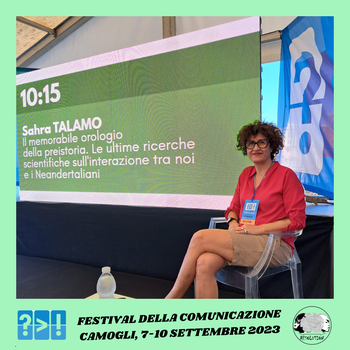
It was definitely a pleasure for Sahra Talamo to take part at the highly rich and diverse Communication Festival with her talk "Il memorabile orologio della preistoria. Le ultime ricerche scientifiche sull'interazione fra noi e i Neandertaliani". Click the link on the title to watch the video.
Once aging, thanks a lot to Danco Singer, Regione Liguria, Comune di Camogli and Festival della Comunicazione that made this possible!
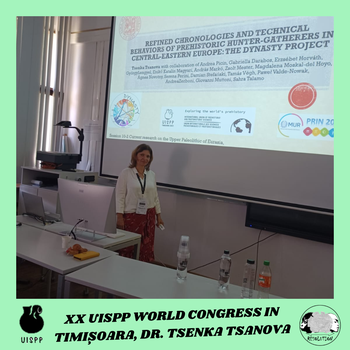
Our DYNASTY member Tsenka Tsanova took part to Session 10-2 "Current research on the Upper Paleolithic of Eurasia", presenting the DYNASTY Projeect through her talk "Refined chronologies and technical behaviors of prehistoric hunter-gatherers in Central-Eastern Europe: the DYNASTY project".
Check out all the talks and presentations of the Conference, as well as our DYNASTY Project, by clicking the links.
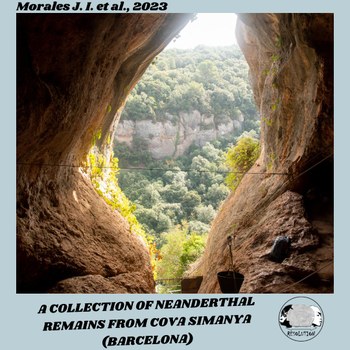
Don't miss your chance to read a stunning article about bone and charcoal remains from the crucial Middle Paleolithic site of Cova Simanya. Click the title to find out what radiocarbon dating, together with the study of stone tools and faunal assemblage, revealed or read the abstract below ⤵️
Abstract
This study presents an exceptional collection of 54 Late Pleistocene human remains that correspond to at least three Neanderthal individuals from Simanya Gran, the main gallery of Cova Simanya, located in the northeastern Iberian Peninsula. The collection comprised 53 unpublished remains that were unearthed during the 1970s and an additional tooth discovered during 2021 excavations. The specimens represent an adult with a small stature, a periadolescent aged approximately 11.5 years, and an immature individual aged approximately 7.7 years, thus offering a more complete demographic perspective. The collection encompasses diverse anatomical parts including upper and lower dentition, mandible, vertebrae, and limb bones from both the upper and lower extremities. Attempts to extract aDNA were unsuccessful. Renewed archaeological investigations at Cova Simanya have facilitated the reevaluation of the original stratigraphic context of these remains, leading to the discovery of the additional tooth, aligning with the periadolescent individual. This assemblage is currently the most extensive Neanderthal collection from the northeastern Mediterranean Iberia, offering invaluable insights into the morphology and evolutionary trajectory of Late Pleistocene hominins. Hence, Simanya Neanderthals will enhance our understanding of Neanderthal demographics and evolution, paving the way for an in-depth examination of the morphological diversity and evolutionary context of Iberian Neanderthals.
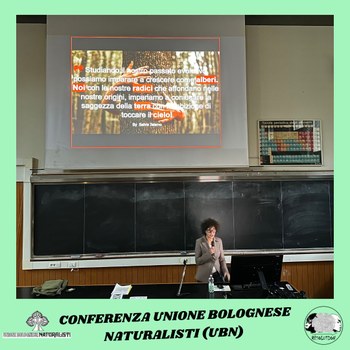
Another incredible opportunity for the RESOLUTION PI Sahra Talamo to have been invited to deliver a talk about fossil trees. A passionate debate and numerous speeches followed the presentation. Click the link to have a look..
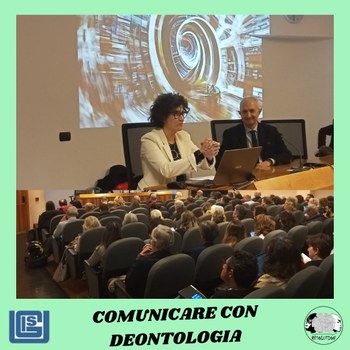
A proper communication in Science and scientific research is crucial. Thanks to UGIS- Unione Giornalisti italiani Scientifici, Ordine dei Giornalisti della Lombardia and FAST- Federazione delle associazioni scientifiche e tecniche that organized the course, Sahra Talamo could take part to this key event, with her talk "Il ticchettio del nostro passato scandito dal nuovo orologio a 3 lancette: il Radiocarbonio - scoprire, aggiornare e condividere a suon di notizie". Click here to read the entire program.
Autumn has come and the RESOLUTION Team is back on the field, visiting numerous gravel pits and looking for fossil trees. Was the team lucky and able to do so? Have a look at the following pictures!
